Category: Welsh Folktales
On the edge of the Carneddau range of mountains in Snowdonia lays the deepest lake in North Wales, Llyn Cowlyd. The lake has been dammed so it is unnaturally deep, but it has given soundings of 229 feet, and has a mean depth of 109 feet. The lake is almost 2 miles long, and a third of a mile wide, with the adjacent hills dropping steeply to the lakes edges.
In ‘The Science of Fairy Tales’ (1891), Edwin Sidney Hartland recounts the following tale told by the medieval writer Walter Map (Born 1140- Died c. 1208–1210). ‘Wild Edric*, of whose historic reality as one of the English rebels against William the Conqueror there is ample proof.
Much of the Mabinogion saga is based in the Ardudwy region of North Wales. It was from the ‘Castle Rock’ or ‘Rock of Harlech’ (where Harlech Castle now stands) that the Welsh King Bendigeidfran first saw the Irish longboats of Matholwch loom into view with their shields turned upside down as a sign of peace.
One of the Seven Wonders of Wales, St Giles’ Church dates from the 16th century and has an interesting piece of folklore attached to it. Alfred.
According to Elias Owen in his ‘Welsh folk-lore: a collection of the folk-tales and legends of North Wales’ (1887) ‘For the following legend, I am indebted to Mr. R. Prys Jones, who resided for several years in the parish of Llanfair Dyffryn Clwyd. In answer to a letter from me respecting mysterious removal of churches, Mr.
The following account appeared in ‘Y Brython’, a popular Welsh-language periodical devoted to literature, antiquities and folklore published between 1858 and 1863. It was later reprinted in Elias Owen’s ‘Wesh Folkore’ (1887).
The Church of St Llechid is a Grade II listed building. Built to replace a much earlier 15th century church, the building dates from 1844. There is a siting legend relating the building of original St.
The Gothic St Tysilio’s in Llandysilo dates from 1867 but is built on the foundations of a much earlier church. Thought to be founded by St Tysilio early in the 7th century there are records of a chapel here dating back as early as 1254 and 1291. It was probably this earlier building that was reputedly haunted by a spirit which was according to folklore exorcised.
The following tale is in its main features still current in Cynwyd, a village about two miles from Corwen. The first reference to the story that I am acquainted with appeared in an essay sent in to a local Eisteddfod in 1863. The story is thus related in this essay:—
It was formerly a general custom in Wales for young lads and lasses to meet and spend a pleasant evening together in various farmhouses. Many kinds of amusements, such as dancing, singing, and card playing, were resorted to, while away the time. The Rev.

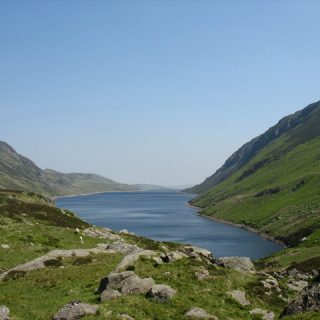
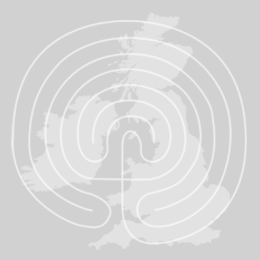
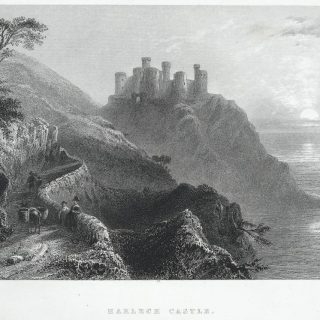
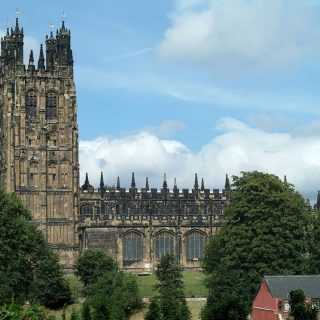
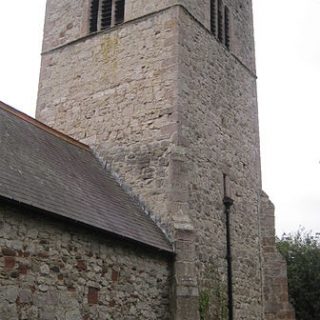

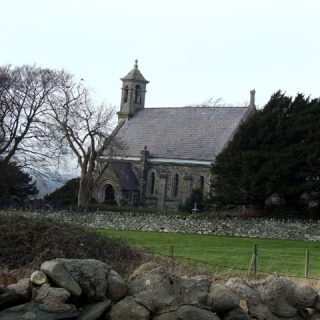
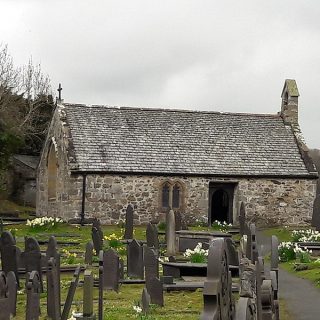
Recent Comments